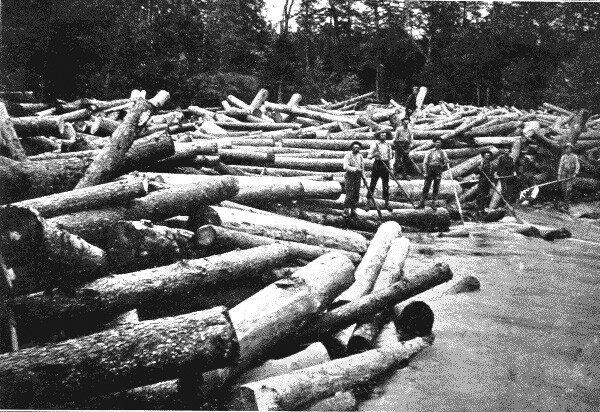5 Disastrous Disasters from Chippewa Valley History
V1 Staff |

Feeling down? Well it could be worse. At least we're not leaving through one of these historical local disasters.
1. February 1869: Fire
In February of 1869, a fire destroyed almost all the buildings in the Chippewa Falls commercial district.
2. September 1884: Flood
In September of 1884, the Chippewa River flooded, destroying hundreds of homes in Eau Claire and Chippewa Falls. Cascading logs, trees, and debris took out 19 of the 20 bridges crossing the Chippewa River. The flood caused $68 million in damages in today’s dollars. It would have been much worse, except a log jam at Dells Pond didn’t break. Learn more in this video.

3. July 1980: Wind
On July 15 of 1980, a straight-line wind (see photo at top) destroyed 156 structures in and around Eau Claire, damaging 700 others, and leaving 85,000 people without power. The gusts cause $300 million in damages in today’s dollars. Locals still consider it “the big storm.” Learn more.
4. June 1958: Tornadoes
In June of 1958, a snarl of four tornadoes stretching from St. Croix County to Clark County killed 28, injured 350, destroyed 430 homes and farm buildings, and damaged 1,000 others. The twisters caused $73 million in damages in today’s dollars.
5. 1885–1890: Industrial Collapse
Within a span of five years (1885–1890), the area's storied lumber industry collapsed. The tri-county area lost perhaps one quarter of its population, and the loss changed the Chippewa Valley’s sense of itself forever. Two specific examples: Eau Claire lost one-fifth of its population over the five-year period; and Porter’s Mills, a village of 1,200 in 1890, disappears entirely by 1900.




















